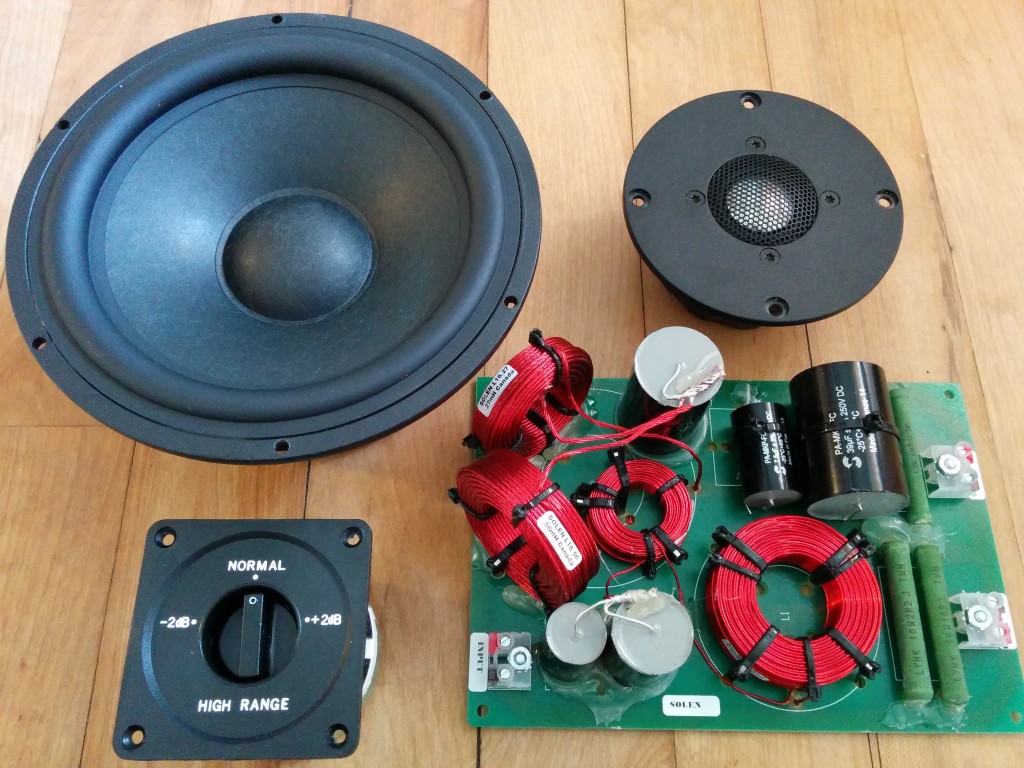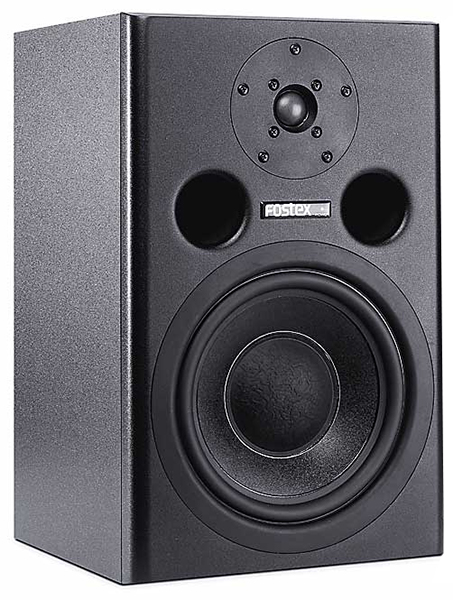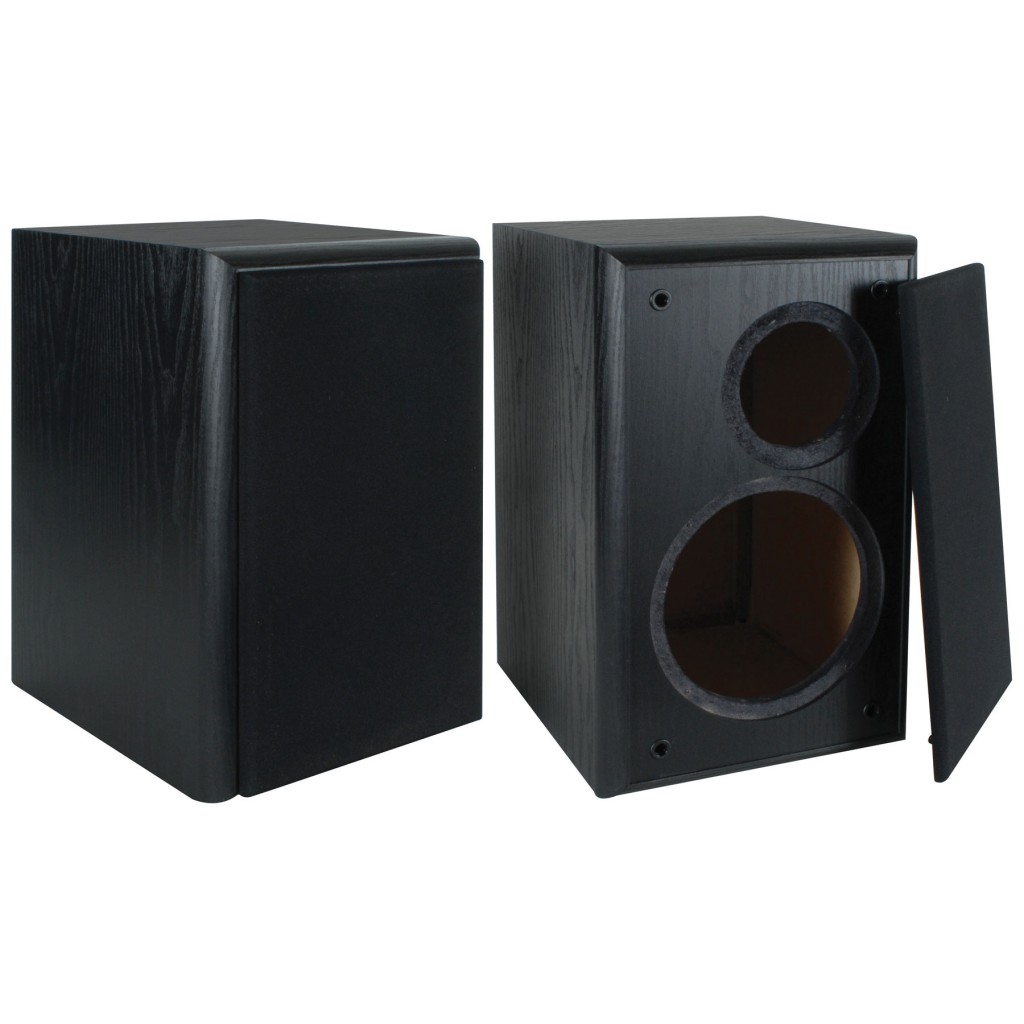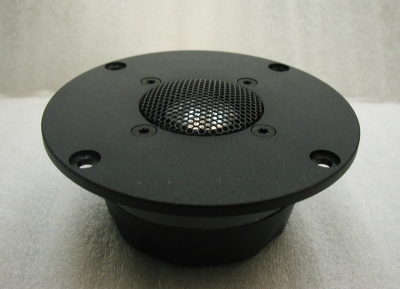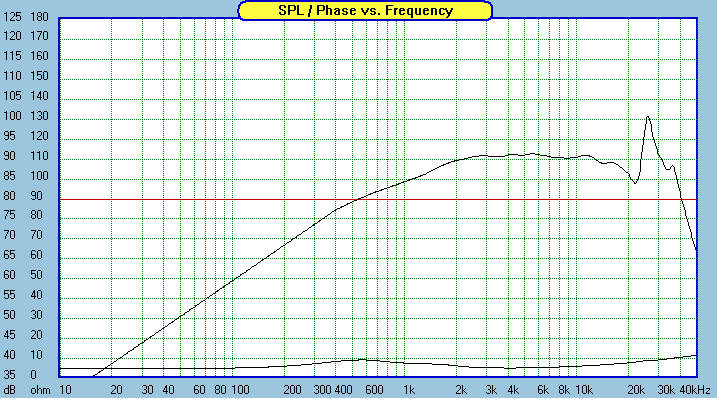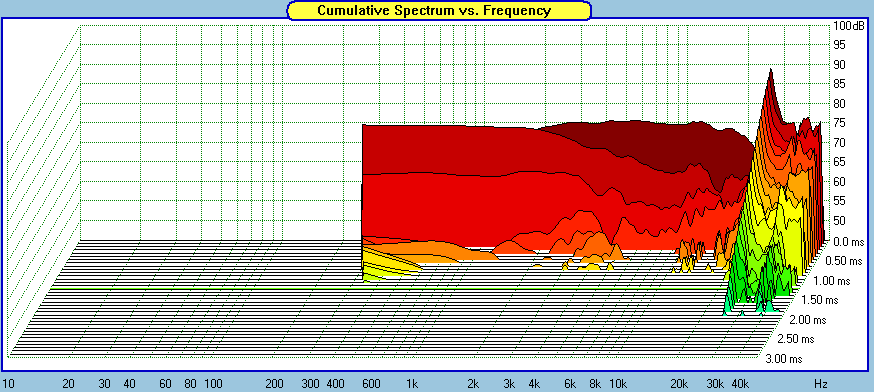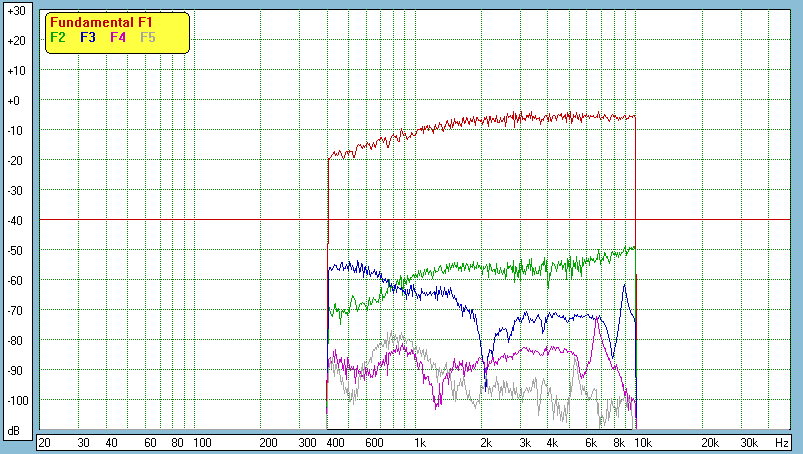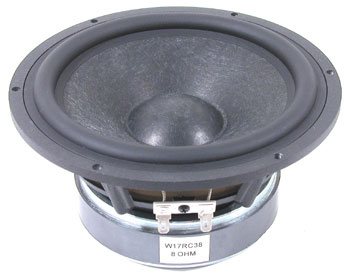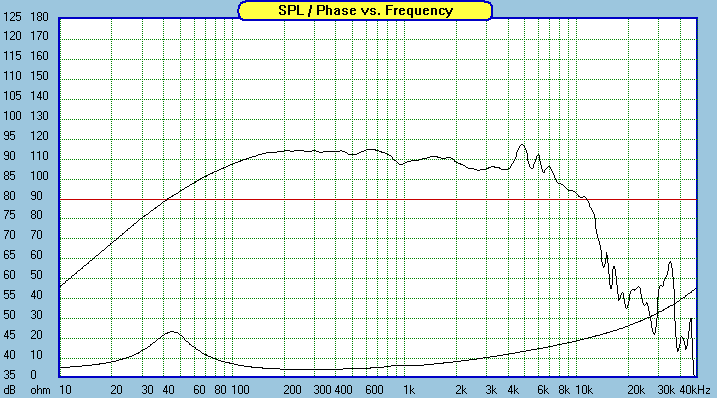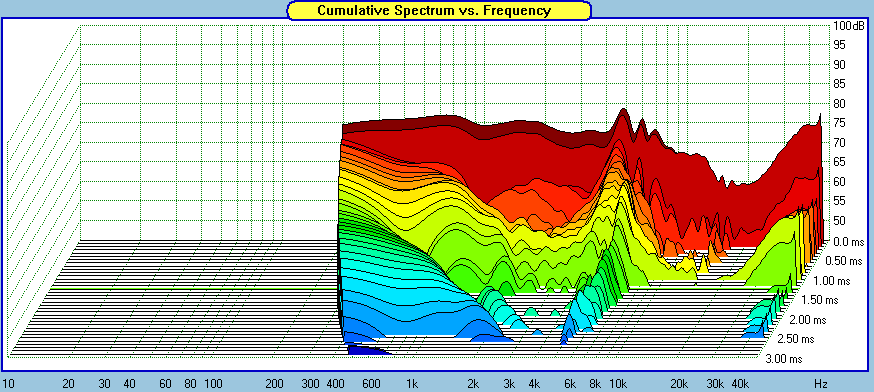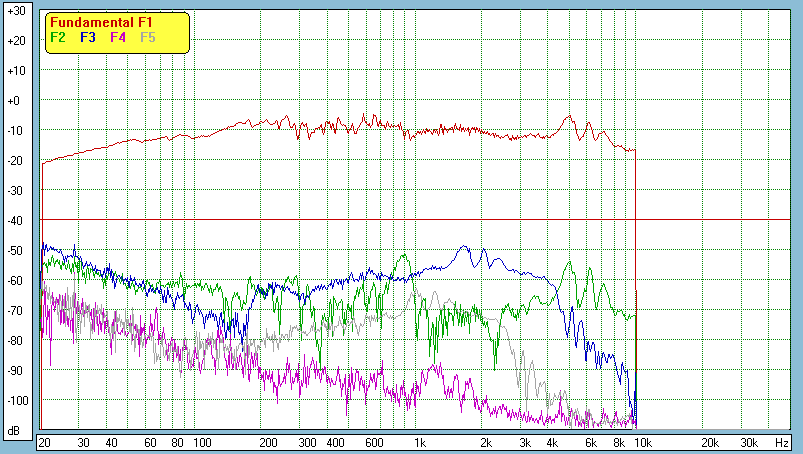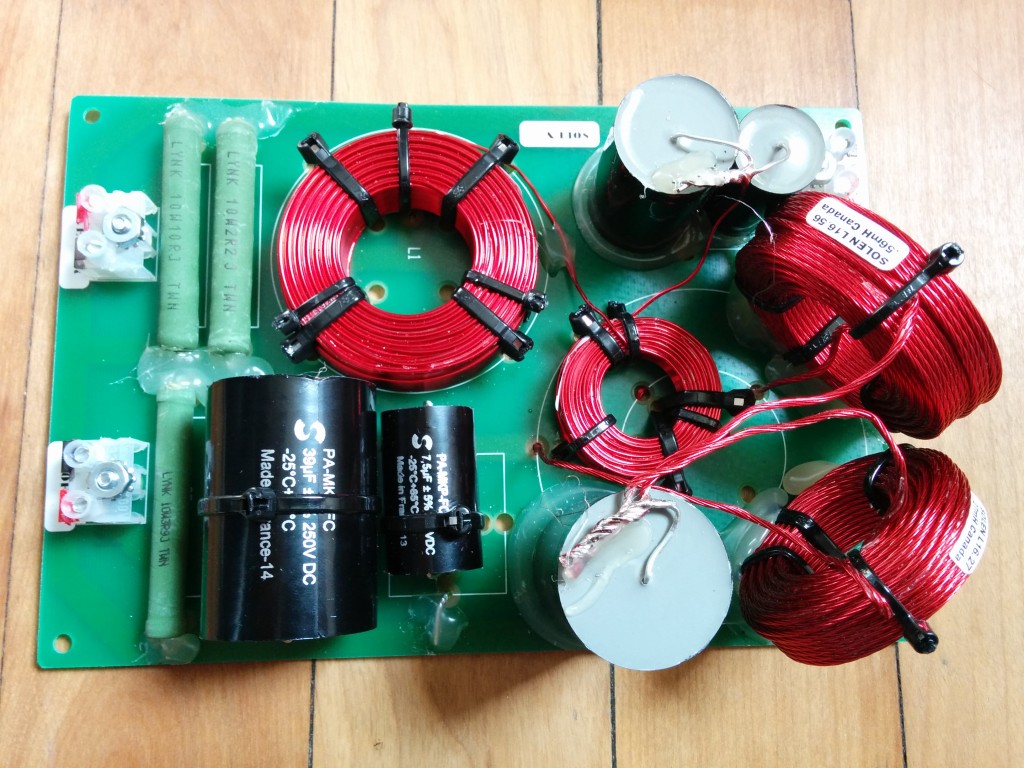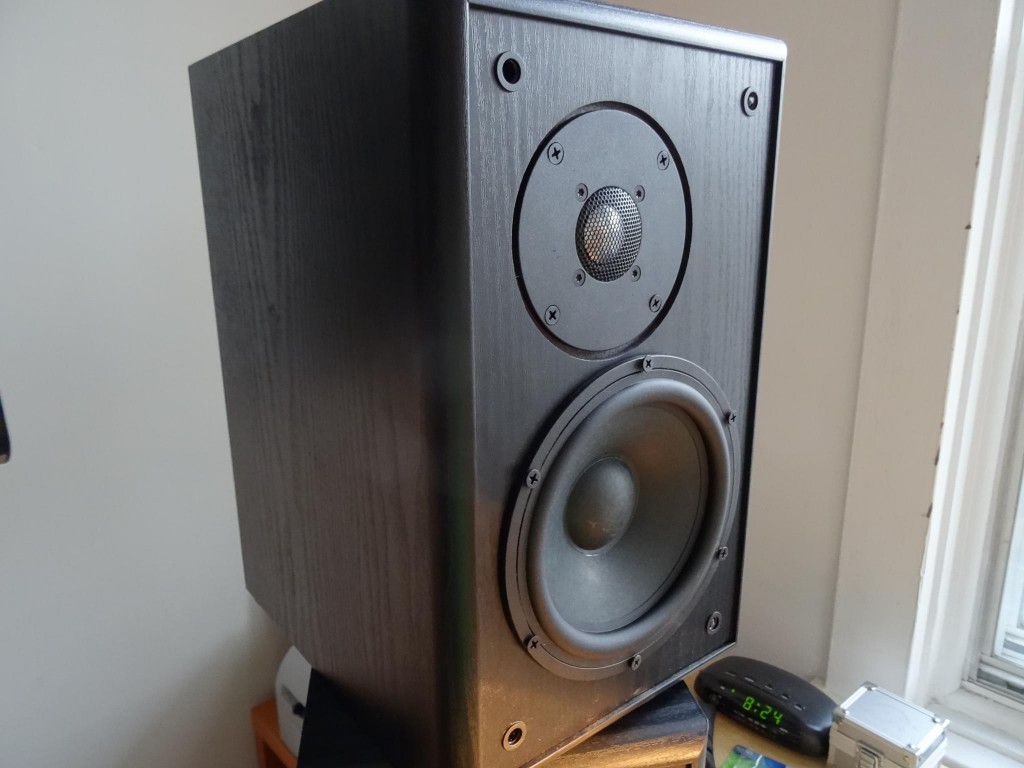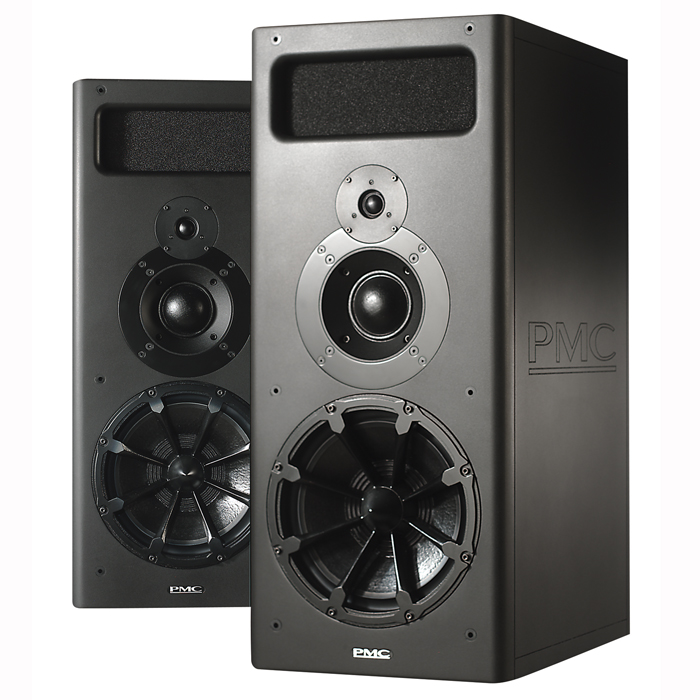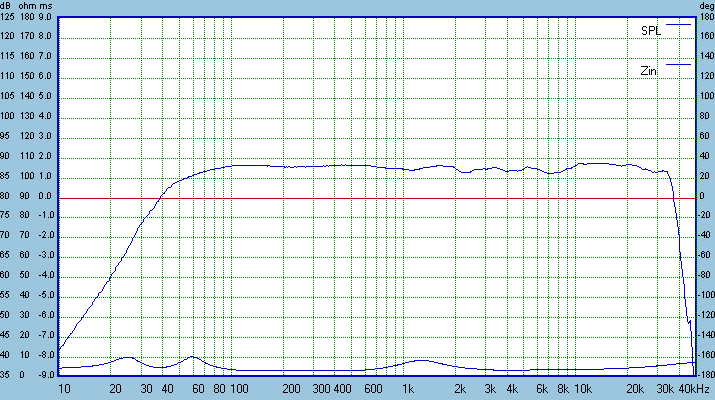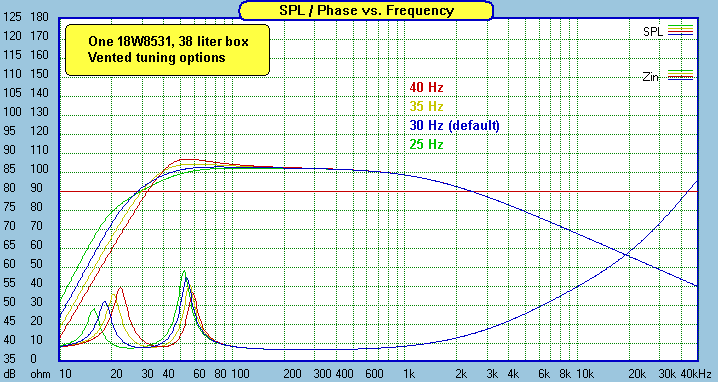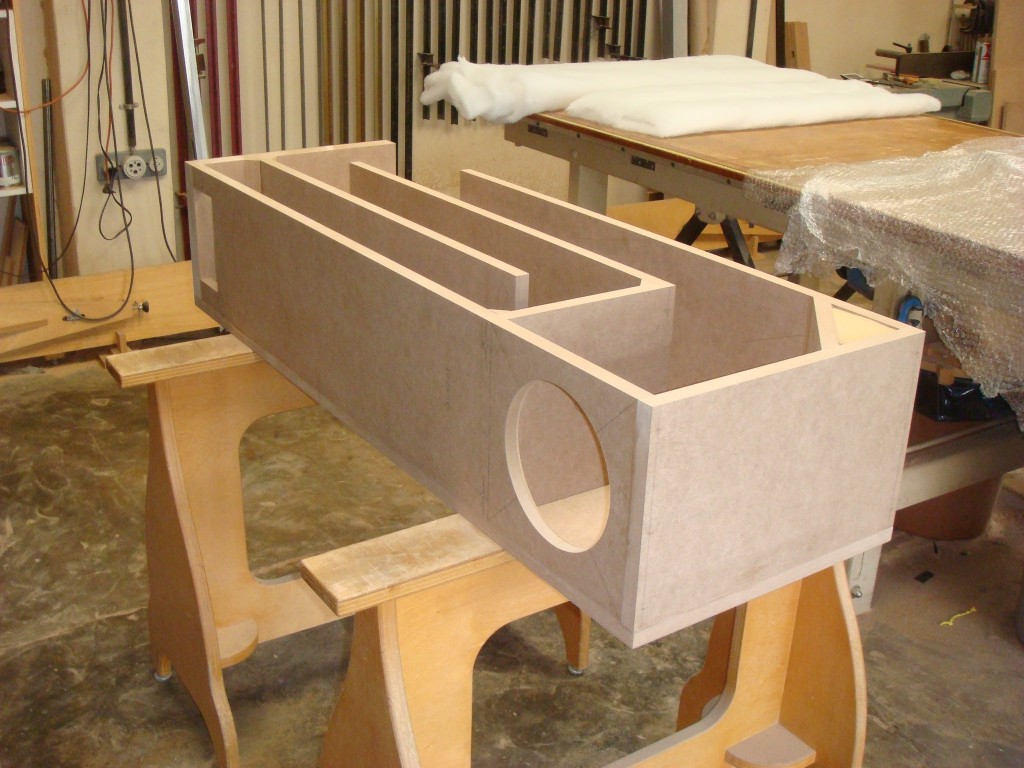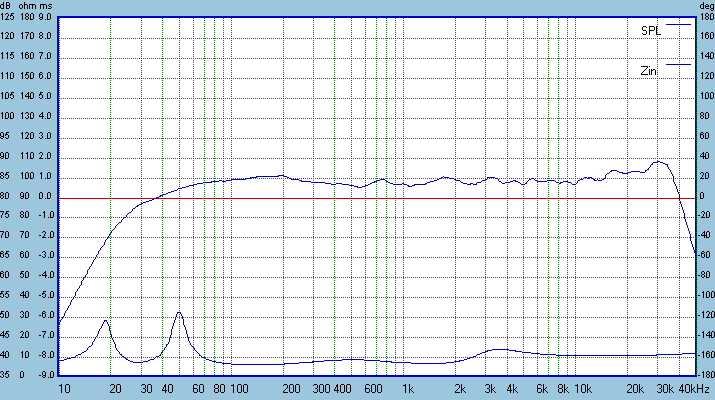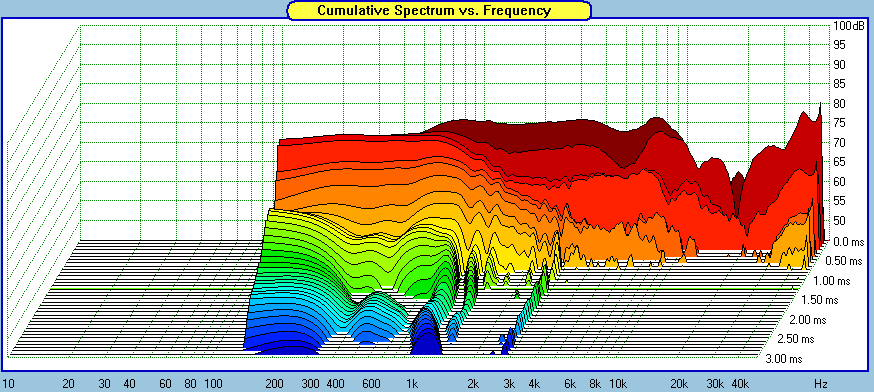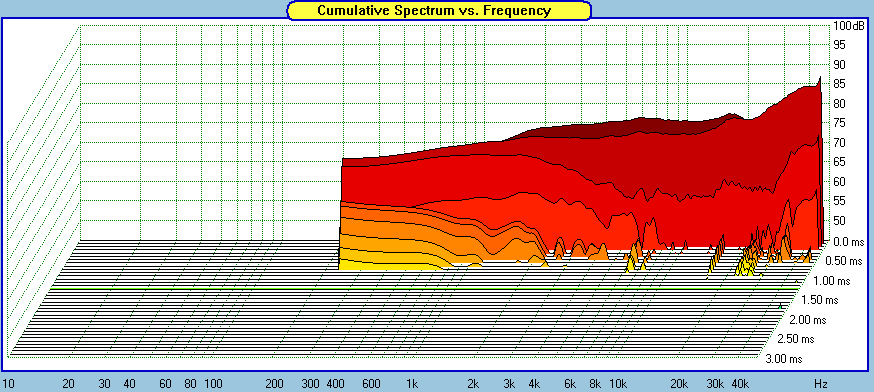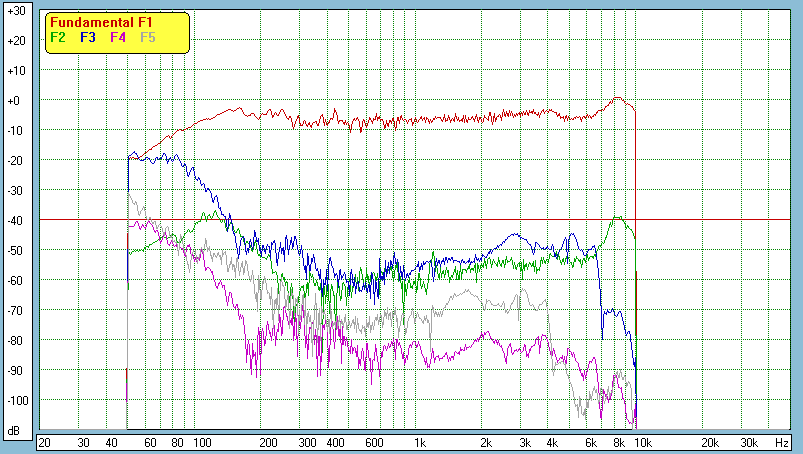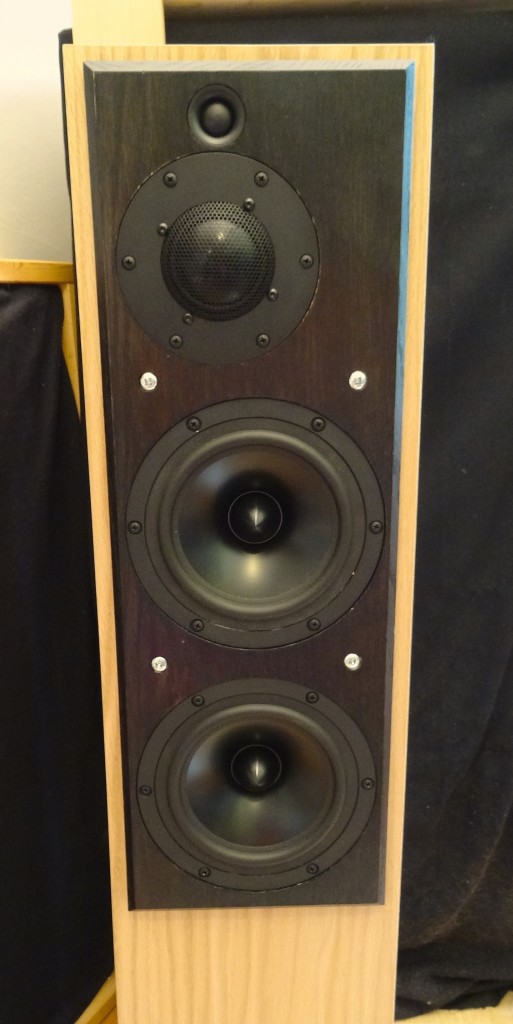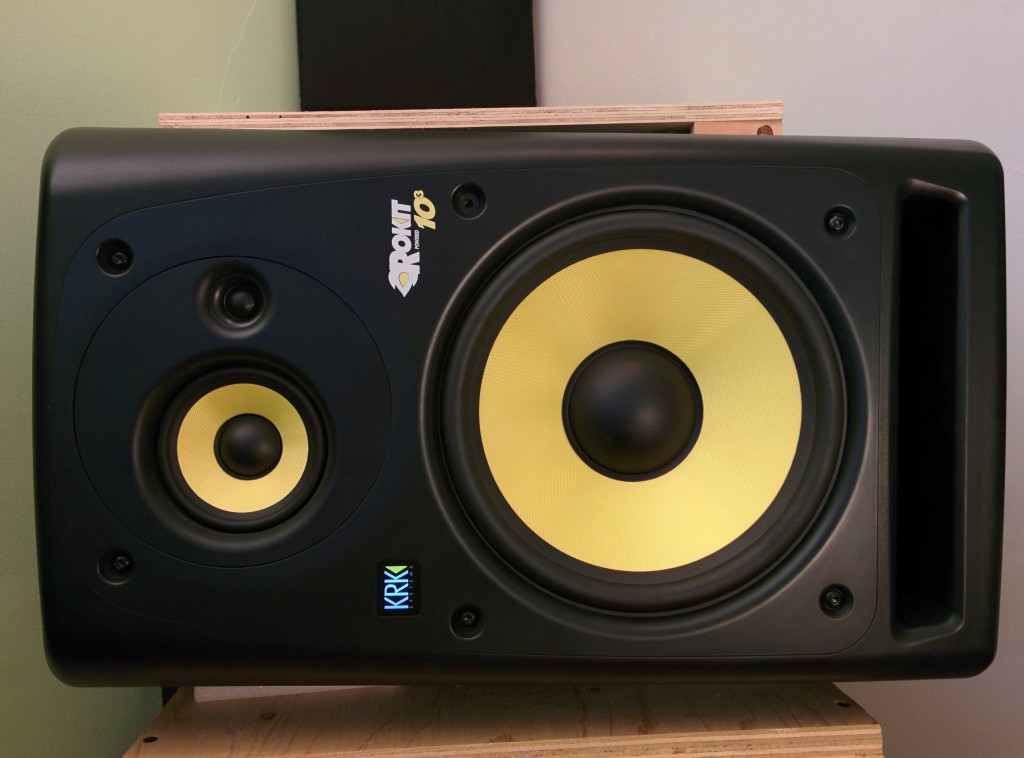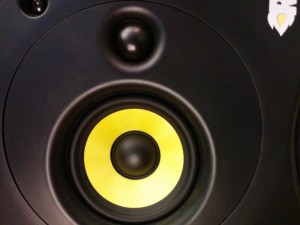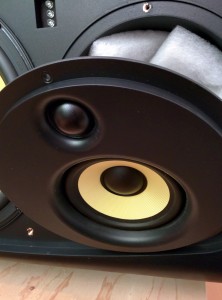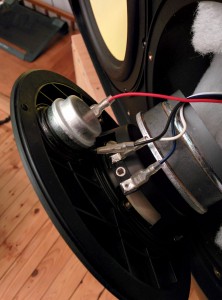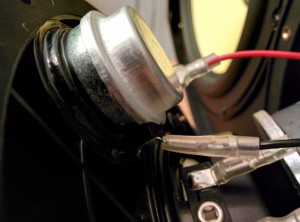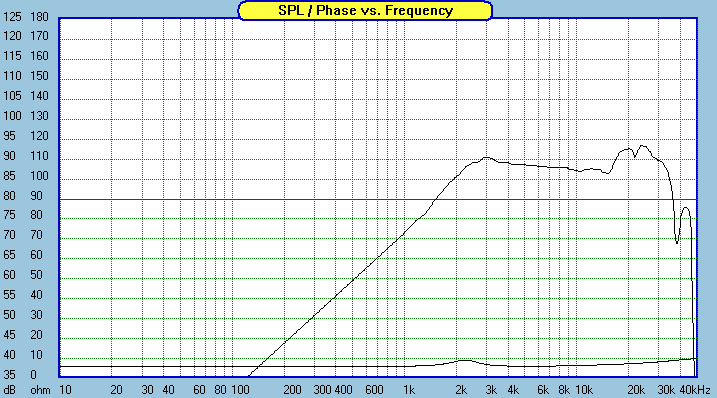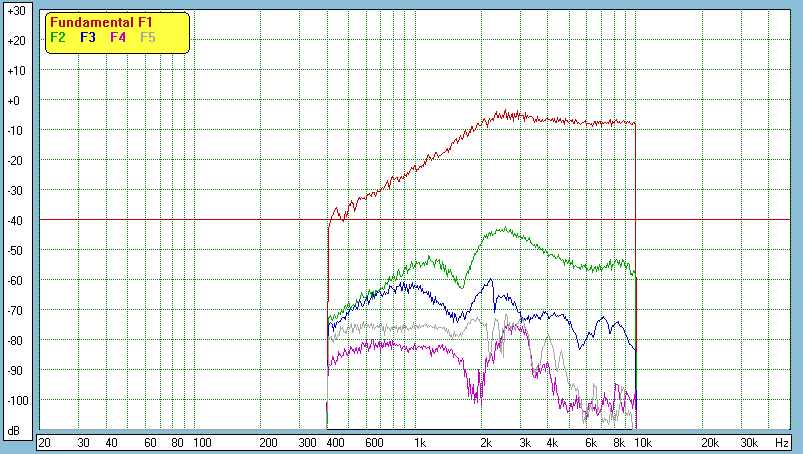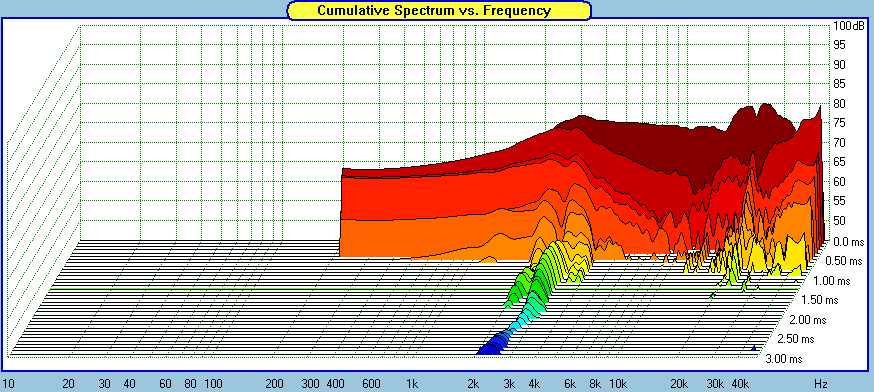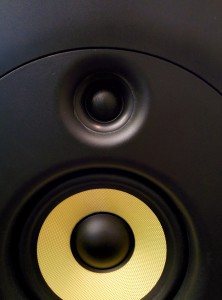(Last updated on 2015-11-30)
Fred (France) is a young audio freelancer, and he’s been a loyal follower of my company for years. He recently asked me about a viable monitoring solution for mastering for about 500 euros or USD. My first impression was that it seemed impossible.
Audio Mastering is the most demanding audio application I know, and to me, a 500 bucks budget for monitoring simply seems not enough. From experience, I know that there is nothing you can buy off the shelf that will remotely have the required quality for mastering. It seemed obvious to me that if there is a viable solution, it shall be the Do-it-yourself (DIY) way. My deal with Fred is the following, I was going to make the design custom for his needs, but I would make the design public via this blog, so everyone can benefit from it.
Since the midrange is the most important part of the spectrum, I’m convinced that 3-way monitors are the way to go, as you have a driver dedicated to the midrange. Using the 3 way configuration, there is no crossover right at the middle of the spectrum.
Unfortunately, 3 way tend to be a much more expensive solution than a 2 way, not only because you have 3 drivers instead of two, but also because you have 2 crossover points instead of one, the enclosure physically needs to be bigger, and larger woofers are generally much more expensive than midwoofers.
In this case, being short on budget, it is obvious that we will need to make some compromise. The first one will be to go with a 2 way instead of a 3 way. Just by doing that, we are saving plenty on the enclosure, as well as on the crossover.
Fred currently uses a pair of Fostex PM2 MK2. This is an active design. I personally believe it would be better to have it passive, as you are sure to have the best possible speaker for the price, and then you can always upgrade the amp multiple times in the future. For the price they were sold at, don’t expect to get anything better than a 15$ woofer and a 9$ tweeter in it. Such design usually are cheap on every components in order to make it competitive on the market.
His original speakers (the Fostex) have a 8″ woofer, paired with probably a super cheap tweeter in 2 way configuration. It is obvious that the mid range of that speaker must be average to bad.
Why do I say that ? Well, only high end and very expensive tweeter can go as down as 1 kHz (we are talking about 300$ per tweeter, ScanSpeak Revelator grade) and a 8″ woofer will be too heavy and slow to cover up in the midrange. For both drivers, distortion will increase drastically when used outside of their optimal range. I would say that a 6-1/2″ to 7″ woofer is about the biggest you can realistically pair with a good tweeter to cover accurately the midrange. The quality of the tweeter can make or break a 2 way design. In our case, we will need a tweeter than can go as low as possible without too much distortion artifact… and most importantly without breaking the bank.
Some design considerations:
I know for a fact that Fred is working in a relatively small room, as do most audio freelancer who work from home. That means the woofer cannot be too big, as a small room doesn’t handle well large volume of moving air. The tradeoff is that we must accept that the low end extension is going to be limited. The good news is that by doing so, we can aim for a woofer that performs well in the midrange, without getting too pricey.
Working in a small room also means that we are better to use nearfield monitors, otherwise the sound of the room will overpower the original signal. In that sense, a two way makes much more sense, as it requires much less distance between the listener and the speaker for the driver’s response to sum up. Some tower speakers, such the one I have require at least 2 meters to sum up.
Going two way, not emphasizing too much on the low end means you can have a very precise and defined midrange (Using woofers with a low Qts will make it very responsive and quick to respond, but limit its low end extension). As discussed before, the midrange is key in Mastering.
An interesting fact is that if at some point Fred decides to move to a bigger room, he’ll just have to complement his setup with a subwoofer and he will be good to go, assuming I have done my job properly.
The suggested design
In summary, our objective is to put together the best possible monitor for critical listening, within a $500 budget.
I already gave away few hints about how I intended to achieve this:
- 2 Way configuration
- using 6-1/2″ or 7″ woofer with low Qts (for very quick transient response)
- and a good value tweeter than can go low, with low distortion.
- in a Passive design
Knowing this, I like to start with finding an appropriate enclosure, for the simple reason that it can be a very limiting factor; the cabinet alone can be very expensive and its contribution to the overall sound quality is somewhat limited.
In this case, we are looking for an easy solution that everyone can replicate at home. By looking on Parts Express website, I decided to go with the following Dayton Audio enclosure, that goes for about $65/pair. It’s a 0.52 ft^3 enclosure that already has the holes in it and comes with a rear port and the connector plug. Drivers can be countersunk into it, which gives a nice finish, but also helps phase coherence. Built quality is good and the product has a very good value. Shipping is free for Americans, unfortunately being Canadian, shipping is rather expensive in my case.
The enclosure dimension will now define what driver I’m going to put in. I know most people would prefer to do it the other way around, but since they aren’t many options in terms of already made enclosure that’s the way we are going to do it here.
The woofer hole is made to accomodate a 6-1/2″ woofer with a flange size of about 165 mm. The tweeter flange hole has 110 mm. Since most tweeter has a flange diameter around 104 mm, that should not be a problem (will not fit perfectly, but pretty close). Woofer flange size are less standard in general, but if I stick to 6-1/2″ woofer I should be able to find something decent that fits.
The Tweeter:
As I said before, the tweeter will make or break this design. In a two way design, roughly half of the spectrum will be covered by the tweeter. Also, the tweeter is where lies all the detail and definition. While a cheap tweeter will make high frequency sound harsh (shrillness), an expensive one will sound delicate, defined and beautiful.
Scan Speak are currently making the best tweeters on the market but also the most expensive ones. Seas comes not very far behind, with some models in the $500+, but make also some very decent affordable ones. The Norwegian company has the reputation of making very good quality tweeter, with unbeatable fabrication consistency and tight tolerances.
SEAS Prestige 27TAFC/G06
This a tweeter that you usually find in the $65, but is currently on at 50% sale at Solen. This tweeter has a great value for the price with a very smooth response, very low distortion of all types above 2 kHz. The high order harmonics is almost non-existant. Most interestingly, the transient response is incredibly fast on all the audible range. Transient response is a very important factor in mastering.
The Woofer:
The tweeter now selected, we need a woofer that will be able to take care of the other half of the spectrum. It needs to have a solid midrange good enough to take care of anything from the bottom of the tweeter range to all the way down. The woofer in a 2 way has to be very good, since it has to take care of the midrange, the low mid and the low end, all at the same time.
Again, a Scan Speak from the revelator series would have done a great job here, but it would have cost more than $300/each. Fortunately, Asian drivers have improved tremendously in the last few years. Their performance is now not too far off from high end drivers, but their price is much lower.
Silver Flute W17RC38
I’ve decided to go with the Silver Flute. It has a well built cast frame with a wool fiber cone and a reasonably smooth response with a minor breakup at 5Khz. It has an average harmonic distortion performance above 1 kHz, but it is generally clean on its useful range. Bass is pretty clean, though not as extended as most 6-1/2″ woofers. It has a pretty tight transient response for a woofer of that size. This is due to its very low Qts, as discussed earlier. It has a pretty high sensitivity even for a 4 ohm driver, which makes it a very efficient woofer. Overall a very usable and well built driver of good value.
Bass Extension design
The size of the box being already decided for us, it becomes easy for us to tune the port and decide how we extend the bass. Sometimes to limit our options is the best way to get creative and move forward. This enclosure is sized for an EBS design (Extended Bass Shelf), so I decided to go with the flow with it. The idea is to have a box that is just a bit oversized for the driver and then to tune the port close to the resonant frequency of the driver. As you can see on the following graph, we are able to extend the bass by a lot. The drawback of this technique is that we are going to create a dip in the 100 Hz region. In this case, a 1.5 db dip is totally acceptable. This design gives us a – 3db around 51 Hz, which is not that bad at all, considering that I was ready to sacrifice the low end in the first place. As discussed before, Fred currently works in a small room. If he moves to a bigger room, he will just have to acquire a subwoofer to take care of the 25 to 50 Hz range.
The Silver Flute model we chose is pretty clean in the low end for a driver of that size, which means it shall be able to handle the 51 Hz in a elegant way.
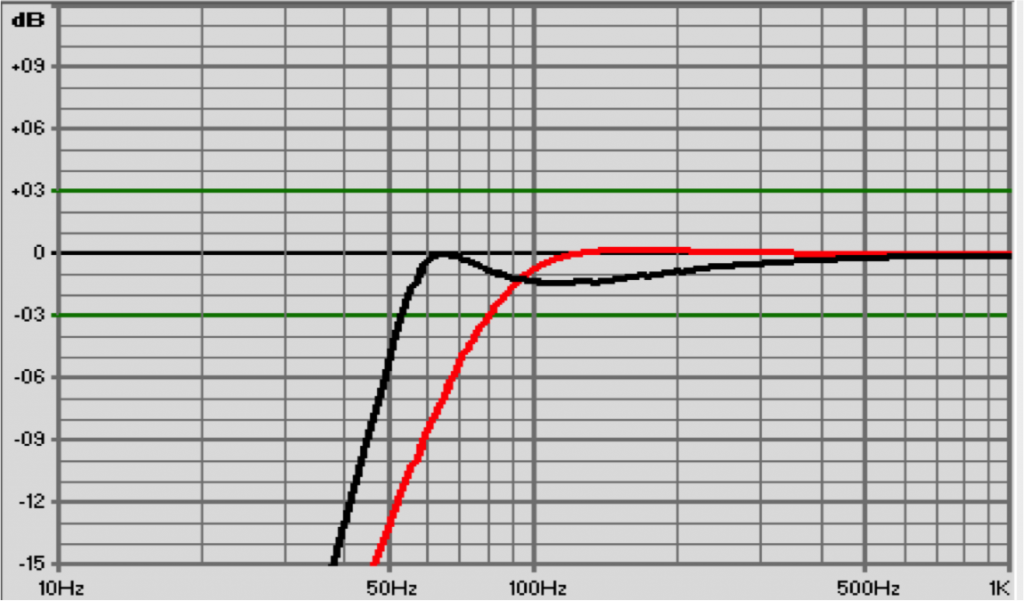
The Crossover
The tweeter’s optimal range of operation is from 2 kHz and up, while the woofer’s optimal range is from 1 kHz and down. Therefore the most awkward part of the spectrum will probably be between 1 and 2 kHz, which is quite common for 2 way systems. Still, I don’t think it’s going to be as much as a problem, since both drivers are still very usable in that range, so I’m making it seem worst than it really is.
Overall both drivers are excellent and aiming for a crossover frequency at 2 kHz LR4 will allow both drivers to be less audible in their weak range, and somehow, the weaknesses of one driver should be hidden out by the other one.
In that case, the 2kHz LR4 crossover have been supplied by Solen Electronique (Canada). Solen are known for supplying the best crossover components in the world and are THE reference in the HiFi industry.
I also added an adjustable L-Pad, in order to make the tweeter level adjustable. The baffle diffraction is actually hard to predict, so most of the time, the tweeter level is adjusted by trial and error by switching one resistance for another. In the case of a mastering monitor, I thought it would be more convenient to have this adjustment accessible easily, so Fred can adapt his speaker according to how his room responds.
The final product:
Both driver are very responsive with low distortion rates. It makes them suitable for mixing and mastering all day without ear fatigue. Both the tweeter and the woofer sound precise, quick and yet, very smooth. This box doesn’t sound as agressive as many low end “reference studio monitors”. The spectrum is full and smooth without any noticable dip. Cool fact: I thought the crossover point would be awkward and I was proven to be wrong; The two drivers seem to naturally blend into each other seemlessly.
The only drawback I can think of is that at this size, the low end extension is somewhat limited, but we already knew that before hand. The important is that the speaker does its job flawlessly on its useful range, which I consider is the case.
Fred will eventually need a high quality subwoofer to complement the spectrum, to cover from 50 Hz to as low as 25 Hz. If he is serious about becoming a mastering engineer, he will eventually have to. He will be able to rely on his monitors for the rest of the spectrum (51Hz to 21 kHz).
In conclusion, I am very proud of this design. The final product is a very coherent and precise pair of speaker for about 450 EUROS / 620 CAD / 475 USD, and that includes shipping for the components to Montreal. These small boxes deliver more than you would expect from them and I don’t think you can get anything close to it in this price range.

